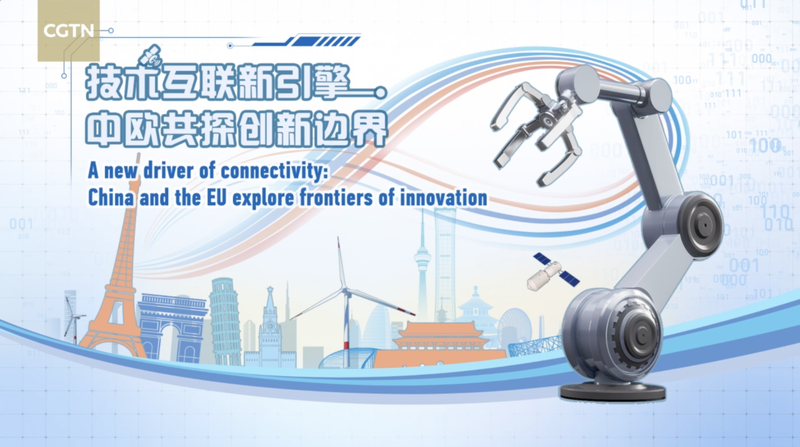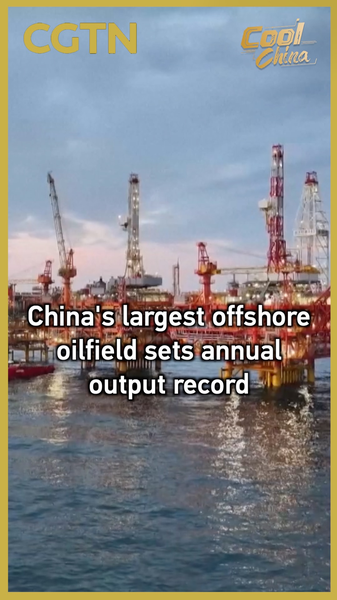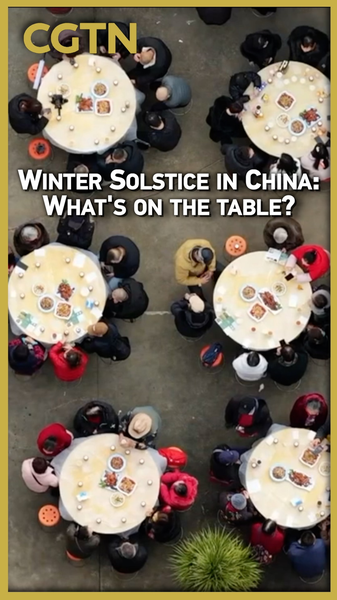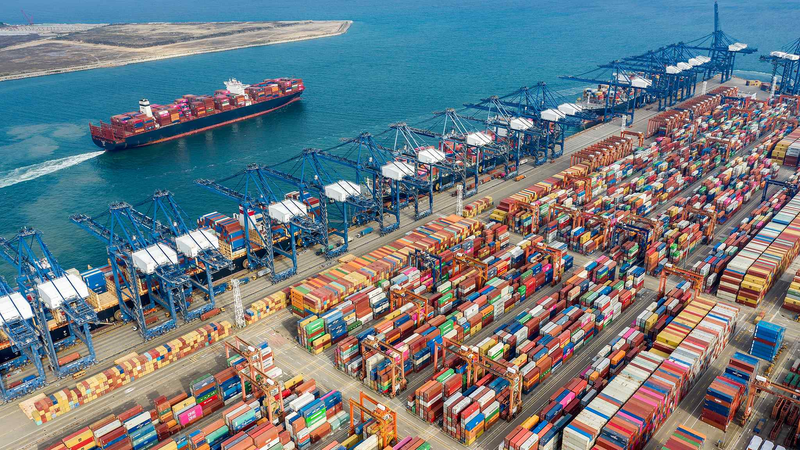From the labs of Berlin to the campuses of Shanghai, innovators on both sides of the Eurasian continent are joining forces to push the boundaries of technology.
In a remarkable shift, the Chinese mainland has become the EUs top source for high-tech imports, covering core components like lithium batteries that power everything from electric vehicles to renewable energy storage systems. At the same time, collaborative research in emerging standards such as 6G is moving forward, with joint teams exploring ultra-fast connectivity and new use cases for smart cities and remote healthcare.
Autonomous driving offers another glimpse of this dynamic innovation ecosystem. European automakers are partnering with Chinese tech firms to test next-generation sensors and AI-driven navigation software on test tracks from Munich to Shenzhen. These pilot projects not only accelerate development cycles but also lay the groundwork for regulations that can keep pace with rapid technological change.
Patents filed in joint applications are on the rise, too. According to recent data, cross-border filings in areas like green energy and semiconductors have grown by nearly 20% year-on-year, reflecting a shared commitment to upholding intellectual property while co-creating solutions to global challenges such as climate change and urbanization.
For young entrepreneurs, researchers and travelers, this deepening partnership means more opportunities to tap into diverse talent pools, gain access to cutting-edge labs and scale up novel ideas that resonate across markets. As Europe and the Chinese mainland continue to bridge the innovation gap, the next decade promises breakthroughs that could redefine how we live, work and explore our world.
Reference(s):
cgtn.com




